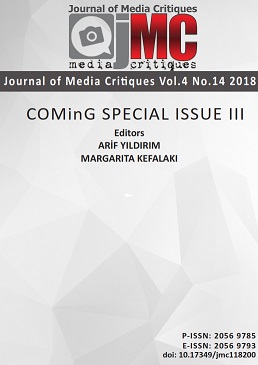Digital Forensic Comparison of Fingerprints
Digital Forensic Comparison of Fingerprints
Author(s): Lyn HaberSubject(s): Security and defense, Social development, Criminology, ICT Information and Communications Technologies
Published by: University of Lincoln and World Experience Campus Foundation
Keywords: digital fingerprint comparison; AFIS; comparison biases; erroneous identifications; AFIS research;
Summary/Abstract: Technology has changed how forensic evidence is processed. Prior to the 1980’s, fingerprints were compared by humans. Today they are routinely compared digitally, although an examiner often makes the final judgment. In more than 50% of fingerprint cases in the U.S., Automated Fingerprint Identification Systems (AFIS) search large databases in cases where police have no suspect. This entirely novel procedure has much potential for error: (1) Search systems are proprietary, it is unknown how accurately these systems locate the correct target when it is in the database; (2) As databases increase in size, the probability of erroneous matches increases; (3) AFIS ranks and scores candidate prints according to their similarity to the inputted print, biasing examiners; (4) Because AFIS technicians must pre-process the print in order to submit it, they make decisions about ambiguous features that can lead to errors; (5) Examiners “see” and encode different features, so that the same print, submitted by different examiners, results in different candidates; (6) When no high scoring candidates appear, examiners may re-submit the print using different features -- a high AFIS score is based on less likely features. I conclude that technology has run far ahead of solid research documenting the accuracy with which humans can employ it.
Journal: Journal of Media Critiques
- Issue Year: 4/2018
- Issue No: 14
- Page Range: 231-240
- Page Count: 10
- Language: English

